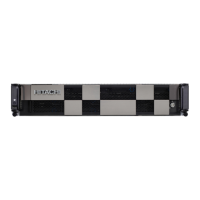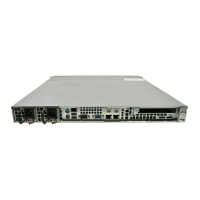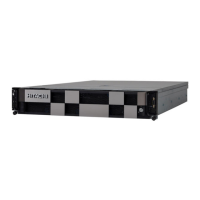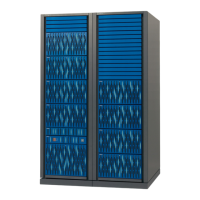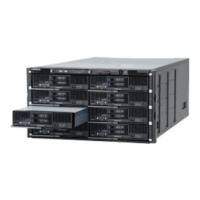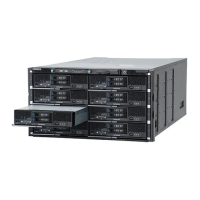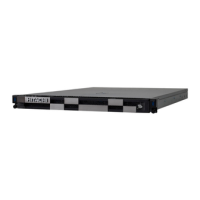3-8 Configuring the New Disk Devices
Hitachi Universal Storage Platform V/VM Configuration Guide for SGI
®
IRIX
®
Host Attachment
Creating the File Systems
After partitioning and enabling CTQ for the new devices, you can create the file
systems on the new SCSI disk devices. The standard file system is ESF™ and
the extended file system is XFS
®
. The EFS™ file system creates one file
system of 2 GB or less on a single device without the extended logical volume
manager (XLV). The XFS
®
file system creates a 64-bit file system capable of
scaling to handle extremely large files and file systems. The file system
created is application-dependent. Make sure to select the correct file system
for your operational setup.
Note: Do not create a file system on partition 8 or 10.
WARNING: Do not create a file system on a disk device that will be accessed
as a raw device (e.g. some database applications use raw devices).
EFS™ File System
To create an EFS™ file system:
1. Use the mkfs command to create an EFS™ file system. For example, to
create an EFS™ file system for controller 8, drive (TID) 0, logical unit 15,
partition 0, enter:
mkfs /dev/rdsk/dks8d0l15s0
Note: For fabric-connected devices, use the fabric device file name (see
section 2.5.1) (e.g.,
/dev/rdsk/50000e10ff809999/lun2sl/c8p50000e10ff809999).
2. Repeat step 1 for each device partition on which you want to create an
EFS™ file system.

